Watering, pruning and feeding raspberries
According to many gardeners, raspberries unpretentious plant and does not need careful care. But in order for raspberries to generously reward with tasty and sweet berries, you need to take care of them and provide decent care, which includes pruning, watering and feeding.
Content:
- How and when to prune raspberries
- Watering raspberries
- Top dressing and loosening will provide raspberries with a good harvest
How and when to prune raspberries
Of course, raspberries need to be cut, otherwise they will tighten the entire garden space, be thick and give a scanty harvest. Pruning should be done throughout the season.
At least three pruning must be done:
- the first pruning, which can be called sanitary, is carried out in early spring. With this pruning, dry, broken and damaged branches are removed, and the bush is also cleared of diseased and weak stems. Leave in the bush no more than 6 of the strongest branches, which are shortened to the first healthy bud on the stem;
- the second time, raspberries are cut in June, when young shoots become at least 40 cm high. The most underdeveloped and weak shoots are subject to removal. No more than 10 strong branches are left in the bush;
- the third pruning is done after the last berries have been picked. At the same time, all dry, disease-damaged, broken and fertile branches are removed to the base.
Have remontant varieties of raspberries cut off all branches without exception. If you are late with this pruning, the raspberry shoots will not be well prepared for the upcoming wintering and may die.
Timely removal of dry, broken branches and weak growth contributes to the development of stronger shoots in raspberries.
Watering raspberries
The yield of raspberries largely depends on proper watering. Without sufficient irrigation, the raspberry yield decreases 2.5-3 times. The irrigation regime is organized taking into account the climatic conditions of the zone where the raspberry grows.
Most of all, raspberries need sufficient watering during flowering, ovary formation and ripening of berries.
Watering must be done correctly. Good for raspberries with drip irrigation or regular irrigation, but in grooves. Waterlogging of raspberries should not be allowed. This is bad for the condition of the plant. The roots rot from excess water, the plant becomes sick. Berries may fall off while still unripe, and those that remain lose their aromatic taste.
With excessive moisture, raspberries do not harden well and this can lead to freezing of the raspberry bush in winter.
In late summer and early autumn, watering raspberries can be stopped. Natural precipitation will be enough for the plant, if, of course, there is no drought. If the precipitation is not enough, watering raspberries is carried out until the end of October. This will enable the plant to prepare for wintering.
Top dressing and loosening will provide raspberries with a good harvest
Top dressing of raspberries must be carried out in early spring, when the first loosening of the soil around the bush is carried out. It is necessary to loosen the top layer shallowly, since the root system of the plant is located at the very surface and it is easy to damage it.
Raspberries respond well to organic and nitrogen fertilizersas well as urea.
Before carrying out the first feeding, preparation is carried out. A groove is dug around the raspberry bush, fertilizer will be applied there. For feeding, prepare a mixture of ammonium nitrate (10-15 grams) and urea (8-10 grams) per 1 sq. M.After fertilizing, the bush should be well watered.
After feeding, be sure to mulch the soil around the raspberry bush. To do this, use peat or straw, spreading a layer at least 7 cm thick.If peat is chosen for mulching, then it is pre-moistened with water and, already in a wet state, is laid out around the bush.
The next feeding is carried out during the flowering of raspberries. Before fertilizing, the ground near the bush is well loosened, all weeds are removed. For the nutrient mixture, manure or bird droppings are diluted in a bucket of water and 2 tablespoons of table urea are added.
The mixture is introduced into the previously prepared grooves and the bush is well watered.
In the fall, after collecting the last berries and pruning the bush, the last loosening of the soil under the raspberry bushes is carried out. When processing the soil, mulching material, if it was peat, is dug up together with the soil. If mulching was carried out with straw, it is not buried in the soil, but raked and taken out. This is due to the fact that decomposition of the straw will require more intensive bacterial activity, which will use all the free nitrogen from the soil. Raspberries will receive less nitrogen and this will affect its condition.
After that, phosphorus and potash fertilizers are applied. The composition is prepared as follows: ammonium nitrate 15 grams, superphosphate 30 grams, potassium salt 20 grams, diluted in a bucket of water.
Repaired raspberry varieties are in great need of nitrogen fertilizers.
In the aisles of raspberries, the soil is well dug up and humus is introduced at 4-5 kg per square meter. You can alternate over the years: one year they apply mineral fertilizers, and the other year - organic ones. In this case, the rate should be doubled.



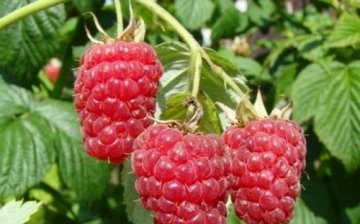
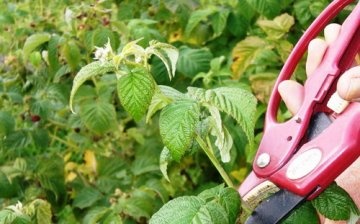
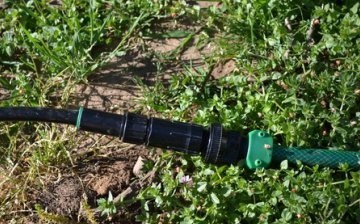
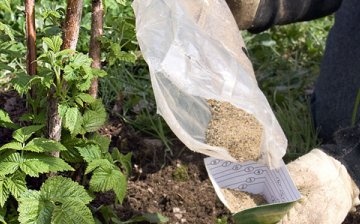




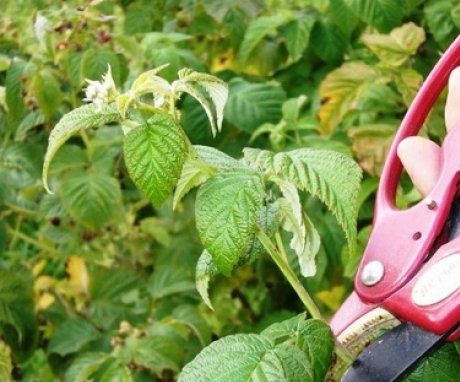
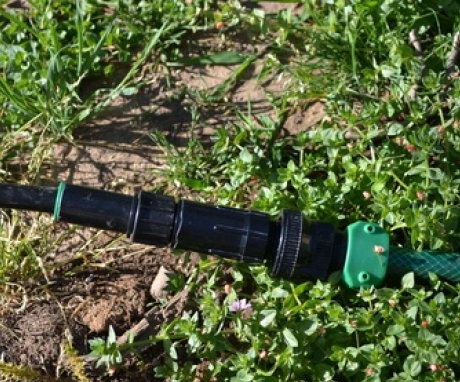
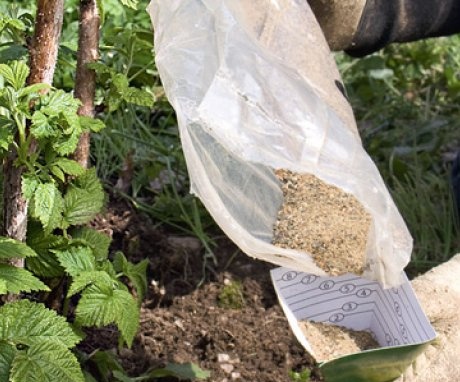
Didn't know that the raspberry bush needs to be cut three times. I always did it - this is only in the fall. As for watering, I did it a couple of times a month, and never fertilized the grooves. Apparently, therefore, the harvest of berries has always been small.